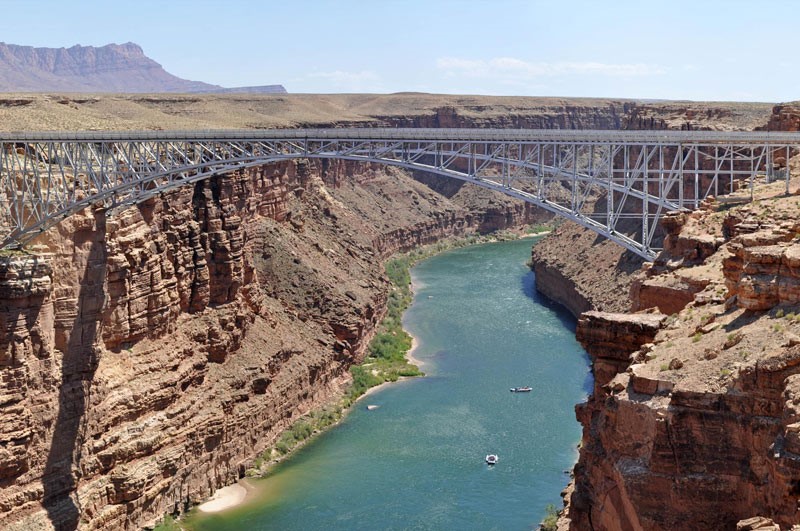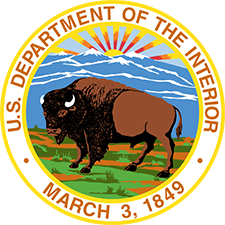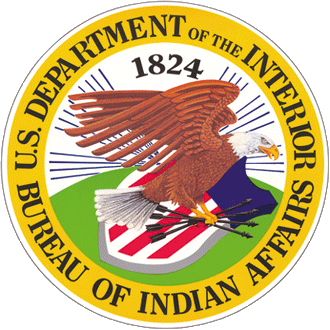Current Status of the Integrated Resource Management Plan (IRMP)
The Bureau of Indian Affairs (BIA), in close consultation with the Navajo Nation (Nation), completed the draft IRMP in May 2020 and presented the IRMP to the Nation's Resource and Development Committee (RDC), which is the approval body for the IRMP under Nation Law. The BIA consulted with the RDC to ensure the IRMP accurately reflected the Nation's policy and vision for the Former Bennett Freeze Area (FBFA). At the direction of the RDC, the BIA also presented the draft IRMP to the Navajo-Hopi Land Commission. The Navajo-Hopi Land Commission approved the draft IRMP through a Resolution on September 28, 2020. The RDC approved the draft IRMP through a Resolution on October 7, 2020. Thereafter, the BIA prepared a Programmatic Environmental Assessment (PEA) in accordance with the requirements of the National Environmental Policy Act of 1969 (NEPA), 42 U.S.C. § 4321 et seq., Council on Environmental Quality ("CEQ") regulations implementing NEPA, 40. C.F.R. Parts 1500-1508, and the Indian Affairs NEPA Guidebook (59 IAM 3-H). The PEA evaluated the potential environmental impacts of the BIA's adoption and implementation of the IRMP pursuant to American Indian Agricultural Resource Management Act (AIARMA). Because the IRMP is the Nation's strategic plan for the management of its own resources, and at the request of the RDC, BIA chose to maximize opportunities for public input and participation in the PEA process. BIA held a 45-day public scoping period and a 30-day public comment period on the draft PEA. The BIA completed the final IRMP and presented the IRMP to the RDC on January 11, 2022. On April 4, 2022, the BIA issued a Notice of Availability of the PEA and the Regional Director's Finding of No Significant impact.
On December 21, 2022, the RDC approved Resolution #RDCD-35-22, which approved the IRMP and the proposed action under the PEA. The Resolution also recommended that the BIA adopt the IRMP. You can view these Resolutions by clicking on the links under IRMP Documents on the right hand side of the screen.
Draft Requirements
The draft IRMP was developed in accordance with AIARMA. The AIARMA defines an IRMP as a “plan developed pursuant to the process used by tribal governments to assess available resources and to provide identified holistic management objectives that include quality of life, production goals, and landscape descriptions of all designated resources that may include (but not be limited to) water, fish, wildlife, forestry, agriculture, minerals, and recreation, as well as community and municipal resources, and may include any previously adopted tribal codes and plans related to such resources.” (25 USC § 3703(11)). The AIARMA requires, in part, that the Secretary of the Interior conduct all land management activities on Indian agricultural land in accordance with goals and objectives set forth in an integrated resource management plan. Management of Indian agricultural lands in accordance with integrated resource management plans further the objectives of producing increased economic returns, enhancing Indian self-determination, promoting employment opportunities, and improving the social and economic well-being of Indian and surrounding communities.
Signing the Memorandum of Understanding
The Nation and the BIA signed a Memorandum of Understanding (MOU) in 2015 electing to finalize the development of the FBFA-IRMP in accordance with AIARMA and other applicable laws and regulations. The IRMP was undertaken as a method for updating the FBFA Recovery Plan, which was prepared for the Navajo Nation by WHPacific in 2008. The IRMP is the result of cooperative intergovernmental planning and will serve as a strategic planning document for the redevelopment of the FBFA. The IRMP is the Tribe’s strategic plan for the management and development of its own resources. The goal of this IRMP is to create balanced natural resource management actions that reflect the social, cultural, economic, and natural resource values of FBFA residents.
Developing the Draft
To develop the IRMP, community input was received, compiled, and considered from multiple resources.
- Chapter Land Use Plans (CLUPs) from all nine affected Chapters
- Overview of IRMP on November 13, 2014, Tuba City Chapter, Tuba City Arizona
- Chapter House Meeting on March 9, 2016, Coalmine Canyon, Arizona
- Workshop on March 16, 2016 in Tuba City to inform Chapter members on the IRMP and the IRMP process, Tuba City, Arizona
- 2008 Former Bennett Freeze Recovery Plan
- Two community workshops to develop the 2008 FBFA Recovery Plan between May 28 and June 22, 2008
- Two community workshops to update each CLUP
- 2018 Former Bennett Freeze Area Economic and Market Feasibility Study
- 2019 Navajo Thaw Chapter Land Use Planning Meetings
- 2020 Navajo Thaw Summit
- The IRMP is a tribal strategic, vision-based, long-term management plan based on Navajo Nation members’ interests, needs, and concerns for their lands, and natural and cultural resources
Associated Documents
- Final FBFA IRMP December 21, 2023
- Appendix A: MOU
- Appendix B: Navajo-Hopi Compact
- Appendix C: Market & Feasibility Study
- Appendix D: CLUP Excerpts
- Appendix E: Ecological Site Descriptions
- RDCO-35-20.FBFA IRMP
- Res. NHLC-10-2020.PD
- RDCD-35-22 FBFA Final IRMP FPEA Approved
Comprehensive Goals and Objectives
By setting comprehensive goals and objectives for the FBFA, and identifying types of development and land uses, the IRMP incorporates all pertinent information to guide future development into one document. Setting Comprehensive Goals and Objectives.
The need for the IRMP is to provide a framework for greater and more efficient agency coordination when tackling important management issues in the FBFA. This agency coordination will reduce duplication of effort; provide more consistent directives to agency staff; require more transparency between agencies, Tribal members, and the general public; enhance values-driven resource management decisions based on public input; focus management on priority issues; and improve communication.
Related Links
- FBFA EcoMarket Feasibility Study
- Final FBFA Cultural Literature Review
- The Navajo Thaw Implementation Plan



